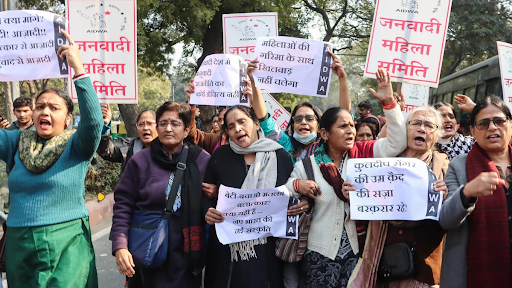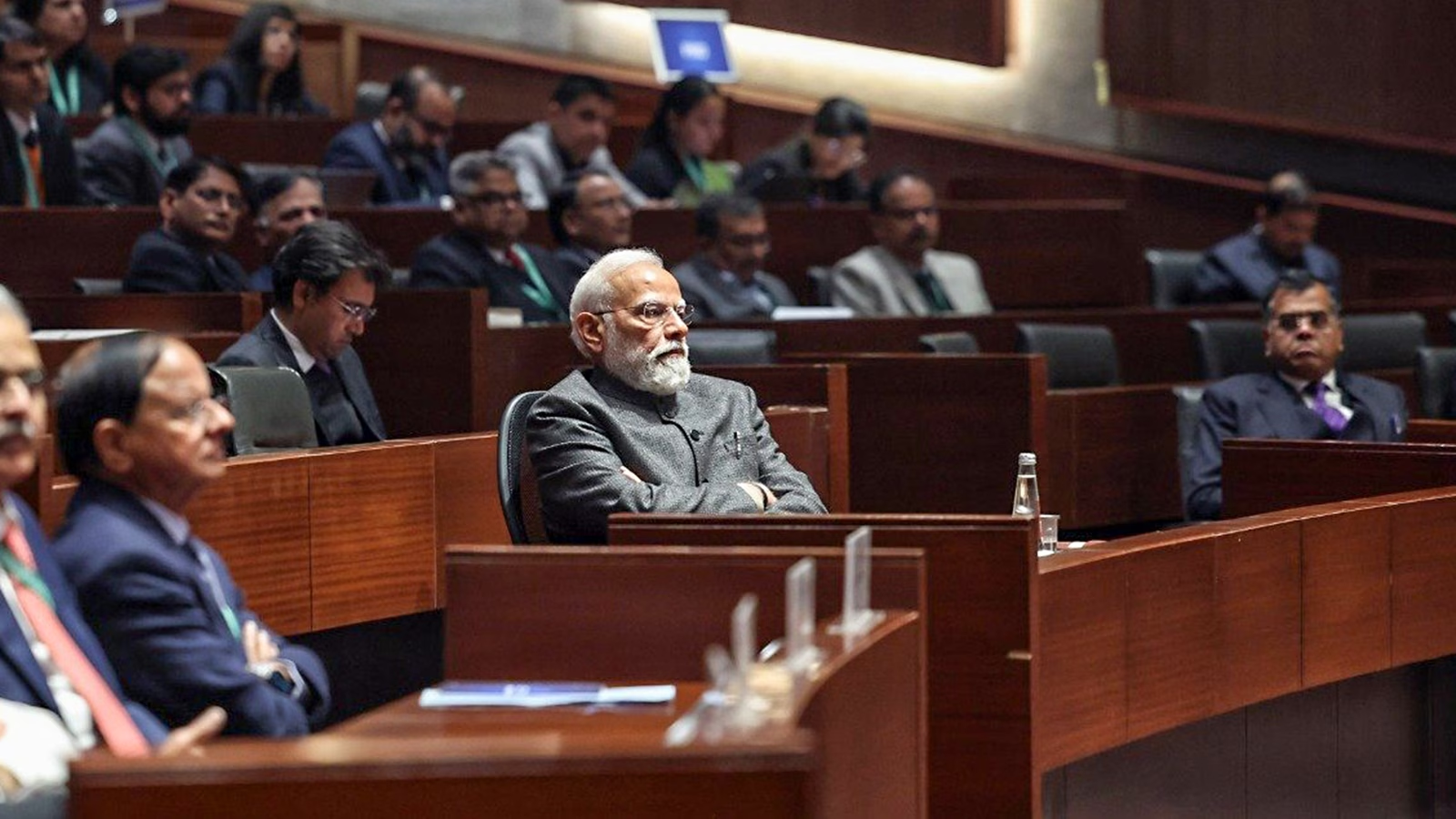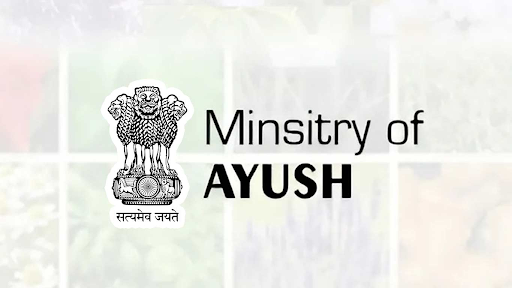



NITI Aayog, replacing the Planning Commission in 2015, promote cooperative and fiscal federalism, empowering states with resources and autonomy. Through indices, the Aspirational Districts Programme, and schemes like Jal Jeevan Mission, it drives socioeconomic progress, reduces poverty, and bridges the knowledge-power gap in a phygital world, enhancing India’s federal structure.

Copyright infringement not intended
Picture Courtesy: BHARAT EXPRESS
The National Institution for Transforming India (NITI) Aayog's Role in Strengthening Federalism.
The Union Government replaced the Planning Commission with the NITI Aayog on January 1, 2015. This restructured the relationship between the Centre and the States. Unlike the Planning Commission, which adopted a top-down, centralized planning approach, the NITI Aayog was designed to be a policy think tank, promoting a collaborative partnership.
The Planning Commission was seen as a body that imposed a "one-size-fits-all" policy on states, whereas the NITI Aayog encourages states to take ownership of their development agendas.
Promoting Cooperative and Competitive Federalism
Governing Council => The Governing Council, which includes the Prime Minister, Chief Ministers of all states, and Lieutenant Governors of Union Territories, serves as a high-level platform for discussions and shaping development priorities.
Indices and Rankings => NITI Aayog regularly releases rankings such as the Health Index, School Education Quality Index, and the Multidimensional Poverty Index. These act as a catalyst for a competitive federal system, motivating states to improve their performance in key socioeconomic areas.
Aspirational Districts Programme => Focuses on transforming some of the most underdeveloped districts in the country. By concentrating on specific parameters like health, education, and infrastructure, the program has helped bring these regions closer to their respective state averages.
Strengthening Fiscal Federalism
GST Council => The Goods and Services Tax (GST) Council is an example of fiscal federalism in action. Decisions within the council are made through a consensus-based approach, involving both the Centre and the states.
Central Support => Despite the division of subjects into Union, State, and Concurrent Lists, the Centre continues to support states through Central Sector (CS) and Centrally Sponsored Schemes (CSS). Schemes like the Jal Jeevan Mission, PM Jan Aarogya Yojana, and PM Awas Yojana-Gramin have seen increases in funding, leading to improvements at the grassroots level in areas that fall under the State List, such as water, health, and housing.
While NITI Aayog has been credited with promoting a more cooperative federal structure, some critics raise concerns. They argue that the institution has, at times, undermined the role of constitutionally mandated bodies like the Finance Commission and the National Development Council.
Some critics also pointed out that despite the emphasis on cooperation, the Centre's influence remains significant, and the NITI Aayog can sometimes act as an arm of the central government, pushing its agenda.
There are also debates about whether the NITI Aayog has truly empowered states or if it has become another layer in the central-state relationship.
The journey of federalism in India is a dynamic one. As B.R. Ambedkar noted, the Constitution is designed to be both unitary and federal, adapting to the needs of the time. The continued success of this model will depend on genuine collaboration, mutual trust, and a shared commitment to achieving national development goals.
Must Read Articles:
PM Modi at 10th NITI Aayog Meeting
Source:
|
PRACTICE QUESTION Q. Discuss the evolution of NITI Aayog from the Planning Commission. Highlight the key differences between the two institutions in terms of objectives and functioning. 250 words |







© 2026 iasgyan. All right reserved